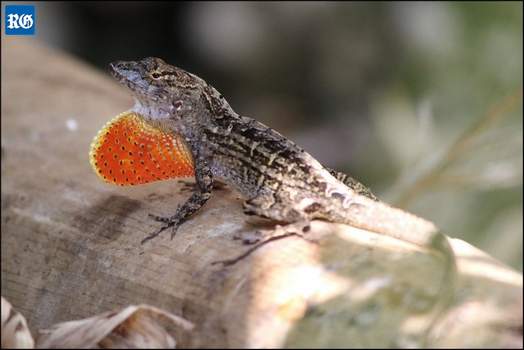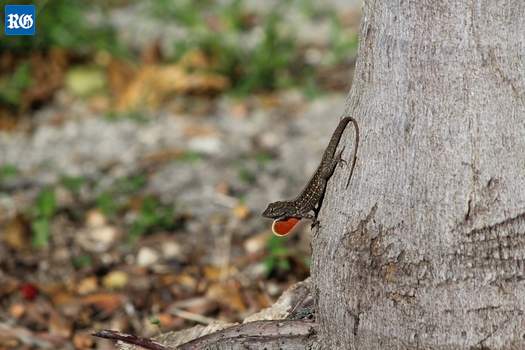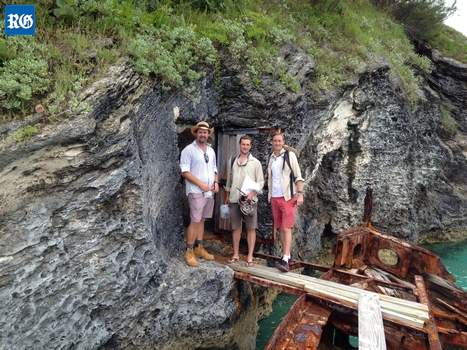Recent News
Trott Family Presents $2000 Donation To BZSFriday, January 10, 2014
In order to honour their grandparents, the family of the late Wakefield and Mildred Trott recently embarked on their own fundraising campaign in order to make a donation of $2,000 to the Bermuda Zoological Society.
Turtle Missing Flipper Ready To Return To Wild
Friday, January 10, 2014
After over a year of recuperating at the Bermuda, Aquarium, Museum & Zoo [BAMZ] after sustaining a severe injury that saw him lose one of his flippers, a turtle is ready to be returned to the wild.
Bermuda’s Coral Reefs featured in new book
Tuesday, December 10, 2013
Bermuda’s coral reefs have been featured in a new book which helps to showcase them to a global audience, and the information contained in it will be a key reference for our school children, Minister of Environment and Planning Sylvan Richards said today.
Two fish recognised as unique to Island’s waters
Tuesday, December 03, 2013
A pair of Bermuda fish species have been recognised by the Smithsonian Institution as being unique to Bermuda’s waters.
Two Unique Bermuda Fish Recognised
Monday, December 02, 2013
Scientists at the Smithsonian Institution recently recognised two new Bermuda endemic fish species. The Collette’s half beak and the Yellowfin Chromis have been known for some time, but they were only recently determined to be unique to Bermuda’s waters.
About
GovernanceAbout Us
Newsletter
Latest News
Gift & Bookstore
Contact
General Inquiries
info@bzs.bm
Latest News
All the latest updates and news from the Bermuda Aquarium, Museum, and Zoo, one of Bermuda's leading visitor attractions!
Jonathan Bell
Published Nov 2, 2017 at 8:00 am (Updated Nov 2, 2017 at 6:05 am)

The brown anole lizard in Bermuda (Photograph by James Stroud)
Bermuda’s endangered skinks are soon to cross paths with a thriving invasive species that already outnumbers the entire native population.
James Stroud of Florida International University said the brown anole lizard had been recorded “living in some of the highest densities of any terrestrial vertebrate on Earth”.
Dr Stroud’s report was shared with The Royal Gazette in the wake of an article on the lizard’s spread after the reptiles were spotted around Aberfeldy nursery in Paget.

The brown anole lizard in Bermuda (Photograph by James Stroud)
Other clusters of the foreign lizard were found on the grounds of Belco and a lumber yard at Mill Creek, both in Pembroke.
The report, with Sean Giery from North Carolina State University and Mark Outerbridge from the Department of Environment and Natural Resources, “conservatively” estimated there were 4,000 to 5,000 of the lizards on the island — dwarfing a total skink population of 3,500.

Researchers on Nonsuch Island: from left, Mark Outerbridge of the Department
of Environment and Natural Resources, Sean Giery from the University of Connecticut,
and James Stroud of Florida International University (Photograph supplied)
The two species overlap “substantially” — both lizards prefer to stay on the ground, and eat the same ground-dwelling insects and spiders.
The scientists estimated that contact between the species might occur in less than ten years.
Brown anole numbers appear to reflect “an initial stage of invasion, and prior to exponential growth” — meaning the lizards could become a familiar sight around the island.
The brown anole, which is originally from the Caribbean, has spread around the world — partly because the lizards are popular as pets.


